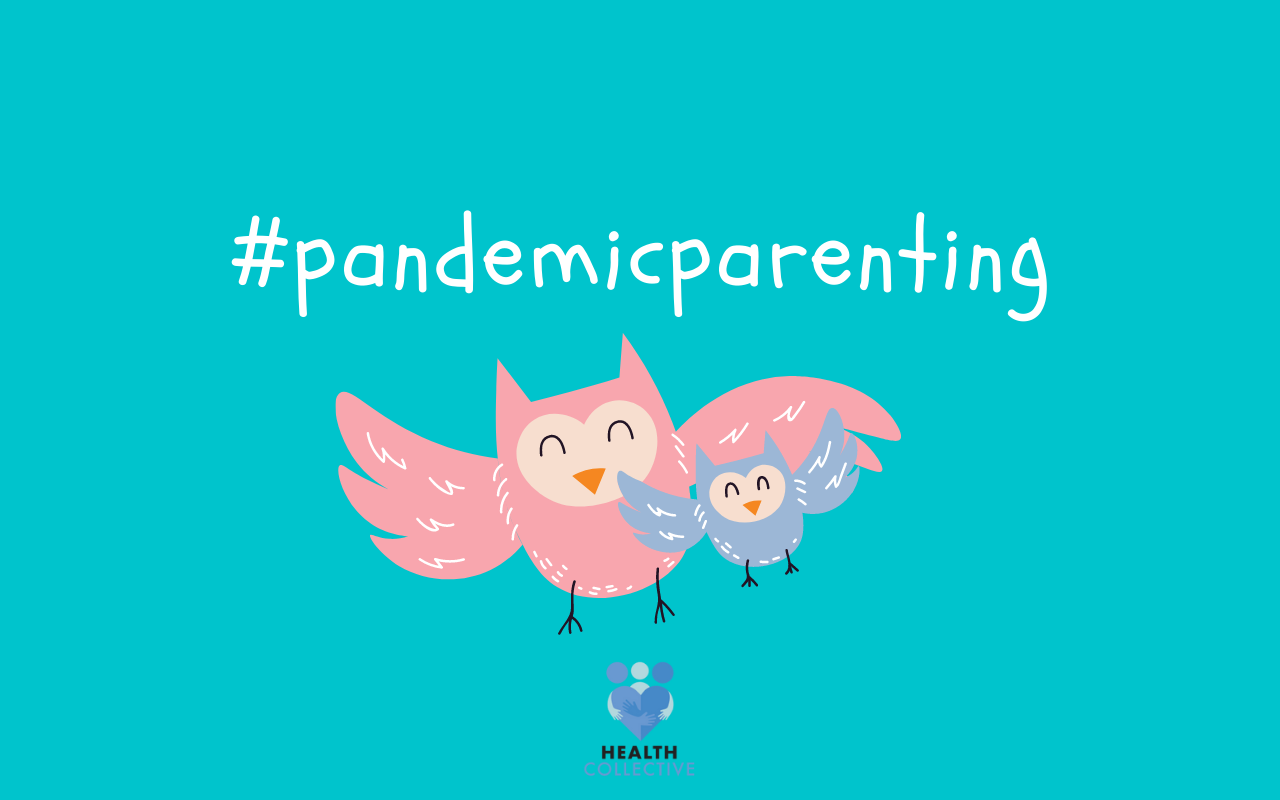The Phantom Pain Monster: My Battle with PTSD and Fibromyalgia
By Sohni Chakrabarti
How do you begin to chart the cartographies of pain? Where do you really start? Is there ever a starting point to your pain? A certain location within the map of your mind where you can pin-point and say this is where it all started.
As I started to think about this piece, I felt confronted by a desire to trace my memories of pain – work through the muddles of fragmented, distorted and displaced years of accumulated pain – to find its origin. And, this is not the first time that I have tried to do so, I have revisited these dark depths of my mind repeatedly through the years, sometimes consciously and at other times unconsciously, to give it a shape or structure. I often try to structure my pain because it feels like the only way for it to have any meaning or to make sense just so that I can find closure and create that tiny space of healing. However, pain is that treacherous monster that rebels furiously every time you try to tame it. It is that phantom that escape whenever you try to contain it, only to reappear later to haunt you. The frightening ghost devours every vestige of your sanity and leaves you empty, hollow and exhausted.

Photo by Volkan Olmez on Unsplash
The vicious ghost monster that I have chosen to face is Post-Traumatic Stress Disorder (PTSD) and Fibromyalgia – two conditions that over the years have fused together to attack my mental health with episodes of anxiety, depression and a feeling of impending doom. My very own Chimera – the ominous creature that unleashes his wrath and fury whenever I challenge his existence. The PTSD forms his body or the central force that drives it forwards, the fear and the panic emerge from the back of his head and the disorientation and melancholy lash out from his tail. I move with his rhythm, pacing back and forth in my mind, spellbound in his dizzying grip. I hope for him to go away, far away, yet I seek him out and invite him back in – for he has become a vital part of my identity. I am conscious of all the other parts of my identity that come with its own sets of privileges and limitations. I am conscious that I am a woman but also heterosexual, a person of colour but also an upper-caste, disabled but with adequate socio-economic advantages – all of these different identities flow through me and come together to shape my Chimera.
ALSO READ: OVERCOMING DEPRESSION, A NON-STOP FIGHT
PTSD is clinically defined as an anxiety disorder that develops after exposure to some traumatic event; it was earlier known as “shell shock” or “combat neurosis” experienced by men who came back from the wars. But as a woman I do not need any statistics to know that many women have silently suffered from this crippling disorder for centuries. While our bodies were subjected to violence, we were hunted down as witches for expressing our pain and trauma. Our piercing cries and melancholic wails dismissed as the symptoms of the hysterical mind. Hence, it was only when men of sound characters began to experience the clinical symptoms of PTSD – panic attacks, nightmares, flashbacks and depression – symptoms associated with womanhood, that we finally unravelled the mysteries of PTSD.
Fibromyalgia, a little-known psychosomatic disorder manifests itself quite commonly in patients with a history of PTSD, especially in women patients. In fact, women are twice as likely to be diagnosed with Fibromyalgia – a chronic and widespread pain disorder that brings with it disorientation, memory loss, sleep problems and excessive fatigue. I was diagnosed with Fibromyalgia a few years after my official diagnosis of Rheumatoid Arthritis; I was told that it is common for people with chronic diseases to develop this phantom pain monster. However, I believe that it is my PTSD that has caused my Fibromyalgia – the Rheumatoid Arthritis merely acted as a catalyst to unleash this monster. I say this because pain is perceptive, there is no objective measure for your pain – it is expressed through your imagination, thoughts and language. My expression of the physical pain of fibromyalgia cannot be dissociated from my experience of the psychological pain of PTSD.
ALSO READ: MENTAL ILLNESS, STIGMA AND GENDER STEREOTYPES
Gender plays a huge role not only in the way we are diagnosed and our problems medically managed but also in the way we come to articulate our problems. There are no easy ways of mapping women’s histories of pain; no way of finding that place of origin because we learn to experience fear, shame and guilt from the time that we are born – and these experiences only worsen if we find ourselves in the lower end of the hierarchical power structures of society. However, pain is always deeply personal and isolating, hence, it is always easily to get caught up with your own pain. It is far harder to go beyond your personal pain. The one thing that I would tell my younger self is to look beyond yourself – everyone has their own monsters to fight. And, the only way to tackle the monster is knowing that there is enough pain out there in this world: always remember that you are not alone.
Sohni is a doctoral researcher at the School of English, University of St Andrews, specialising in contemporary diasporic women’s writing of the United States. Her research is a cross-cultural exploration of narrative spaces in diasporic women’s fiction with an added emphasis on gender and feminism, critical race, diaspora studies and postcoloniality. In her free time, she likes to write, paper quill, collect sea shells, cook, trek and travel.
Disclaimer: Material on The Health Collective cannot substitute for expert advice from a trained professional
If you would like to share your story, do write to us here or tweet us @healthcollectif



Pingback: Avoid Stereotypes, Navigate Your Way to Mental Health